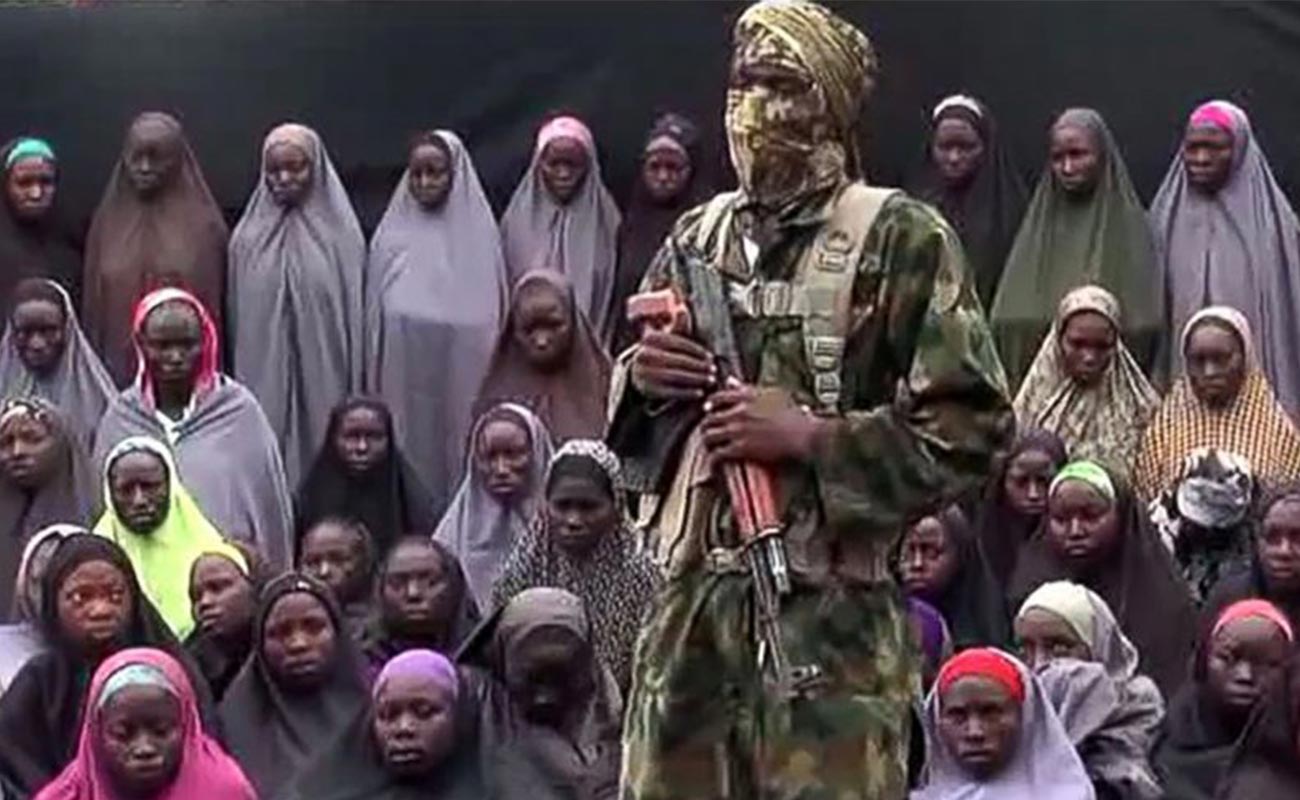
By Chidinma Nebolisa
14th April 2024 marked the 10th anniversary of the infamous kidnapping of 276 young girls from the Chibok community in Borno state, Nigeria by the Boko Haram terrorist group. The schoolgirls, aged 12-18, were abducted at night from their dormitory at the Government Girls Secondary School in Chibok town, and taken to the Sambisa Forest, a notorious base for the terrorist group. This high-profile mass abduction sparked global attention, provoking protests and movements under the #bringbackourgirls campaign. Over the span of 10 years, more than half of the abducted girls have been released. Most of the freed captives gained their freedom through negotiations that involved prisoner swaps with imprisoned Boko Haram members. Some others were rescued by the Nigerian military, while a few managed to escape from their captors. However, over 90 girls remain in captivity.
The testimony of the returnees provides a rare glimpse into their sad and arduous experience under the subjugation of the Boko Haram group. While some were used as domestic help, others were used as sex slaves and forced to marry and bear children for their captors. One would therefore expect that their freedom would bring joy and relief to their community. However, the post-release experience of these young girls, who have now become adults ranging between 22-28 years, is far from joyful. The Nigerian government has faced an uphill task in rehabilitating and reintegrating the girls back into their society. Although much of this failure has been attributed to inadequacies on the government’s part, the Chibok community has resisted the reintegration as they stigmatize the former abductees whom they now view suspiciously due to their long stay under Boko Haram captivity. It appears that the Nigerian government may have underestimated the trauma that the Chibok community suffered from the night of the abduction and effectively denied them the opportunity to participate in the rehabilitation and reintegration program.
Reuters and BBC reporters describe Chibok as resembling a war-torn region, despite not being in a state of war. They noted that the community was armed to the teeth with military vehicles and checkpoints, creating awareness that one had entered a dangerous region, evoking tension in the atmosphere. When cars with open back space drove in, children would run thinking terrorists were coming to take them away, as they did with the Chibok girls 10 years ago.
The rehabilitated former Boko Haram abductees have faced series of ostracization and stigmatization. Many are afraid to go back to their families, believing that they would be perceived as terrorists’ wives, with terrorist children. This stigma has extended to their children, with these former abductees faced with the difficulty to explain the terms “Boko Haram” and “Terrorism” to children under 10 years of age. Despite the efforts to ensure proper rehabilitation and reintegration, it is important that the community is well prepared to receive these young women and support them, rather than destroy the rehabilitation efforts of NGOs and other stakeholders.
To facilitate the reintegration process, the Kibaku Area Development Association (KADA), a few leaders who champion the plight of the Chibok girls, need to crackdown on the looming stigma in the community. This could be done by holding workshops for these community leaders under the KADA umbrella about the trauma faced by the former abductees in the bid to eliminate the myths attached to the survivors and their children. Respected community leaders and religious leaders should be encouraged to yield their influence for advocacy against this stigma. These leaders can organize step-down training sessions, in form of school lessons, church or mosques preaching and town meetings to spread a similar awareness that encourage communal support for the young ladies and their children rather than communal rejection.
Story-telling mechanisms through mass media tools such as the radio should be used to launch advocacy campaigns by NGOs or community leaders to share the stories of survivors and disseminate positive messages that highlight their strength, in need of communal support for full reintegration. Communal dialogue should be encouraged to discuss misconceptions and perceptions about the survivors to trace the root of such disinformation and misinformation in the Chibok community.
Similar psychosocial support through mobile communal therapy, art therapy, psychodrama and other contemporary initiatives have been provided by NGOs such as the NEEM Foundation as part of their “Chibok Project”. These efforts have primarily benefited displaced persons in the Jere Local Government Area, who fled Chibok as a result of the activities of the Boko Haram Group. It is important that more NGOs extend their support to reach locals residing in the Chibok community, to ensure that no affected individual is left behind. The Chibok community has endured much since the night of the abduction. While significant attention has been devoted to aiding the survivors, the community itself has often been overlooked. Residents continue to live with the trauma of the incident and, despite their calls for the return of their girls, struggle to overcome the pervasive stigma that further isolates these survivors. By implementing the initiatives suggested above, the community can offer essential psychosocial support, helping both residents and returnees find closure. This will enable the community to heal collectively and welcome the survivors back into a supportive and unified environment.
Recent Posts
Categories
- Blog (79)
- News/Press Release (14)
- Ongoing Projects (1)
- Past Projects (1)
